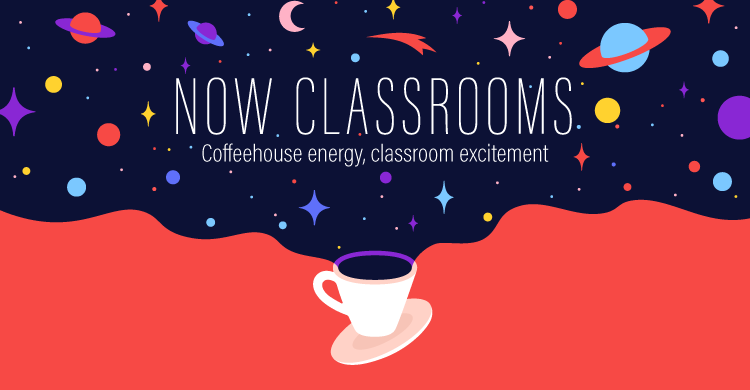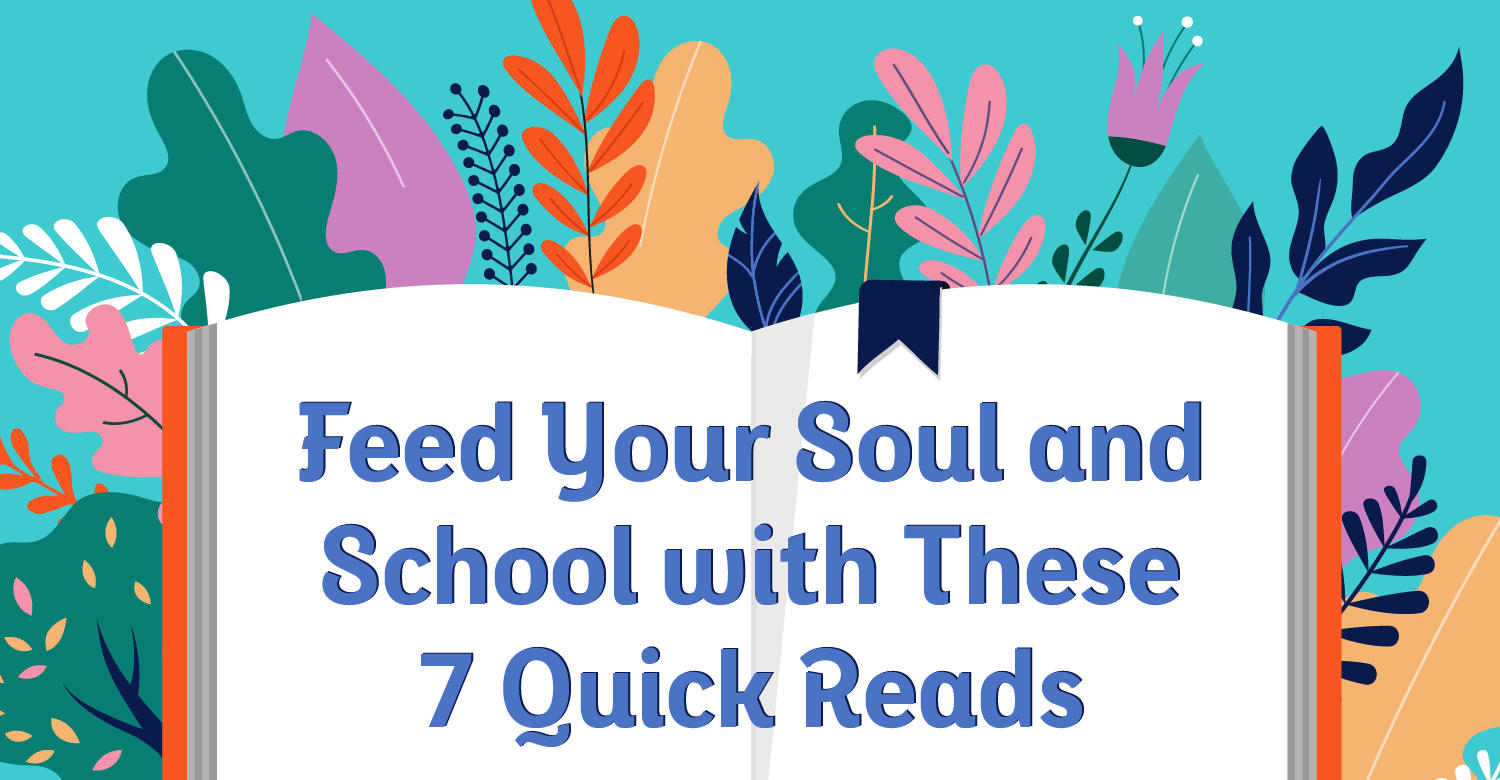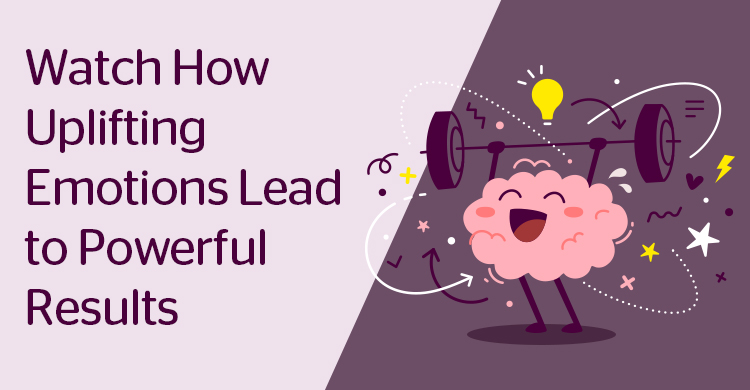Based on Creating a Digital-Rich Classroom
Walk into a busy coffeehouse, and you’ll see people collaborating together, small groups discussing a project, and individuals curled up in chairs working on their personal goals. I believe that same vibe should be felt when you walk into what we call “NOW Classrooms.”
In these classrooms, every student is laser-focused on his or her individual or group task, collaborating as needed, and also working independently based on the goals and standards. The classroom might look like organized chaos, but drill deeper and ask students what they are doing, and why.
Coffeehouse energy, classroom excitement
Like the people in the coffeehouse, all students can share their data with a visitor and explain why they are working independently or in a group. You can feel the energy and excitement as students are using a variety of blended learning strategies to differentiate instruction. Depending on the task, students are creating with a variety of tools that might include digital devices or paper and pencil and crayons. Students use voice and choice to decide how they demonstrate what they have learned and how they will share what they create beyond the walls of the classroom
The teacher is the master conductor, constantly connecting the dots to support and stretch student learning. Using data dashboards available in the online resources, teachers and students are constantly monitoring progress, and every student owns his or her data story. Students are the active learners and problem-solvers as the teacher monitors the work in NOW Classrooms. This type of classroom, like the coffeehouse, creates flexible learning spaces and helps students create critical skills they will need for future careers.
Preparing for the addition of new classrooms, we started the conversation about what teaching and learning could look like. The teachers would be moving into the sun-drenched state-of-the-art classrooms complete with flexible furniture, walls of whiteboards, multiple displays, sound systems, and creative storage solutions. These rooms not only looked different, but we could envision teaching and learning transformed into coffeehouse learning. We called these NOW Classrooms, and the journey began.
The future is NOW
We didn’t start the school year using the term “blended learning,” but as the instructional practices began to change, so did our understanding of the concept. In NOW Classrooms, we envisioned different types of teaching and learning aligned to the ISTE Standards for Students, preparing all students for a continually changing digital landscape. The standards focus on student voice and choice in these critical areas:
- Empowered Learner
- Digital Citizen
- Knowledge Constructor
- Innovative Designer
- Computational Thinker
- Creative Communicator
- Global Collaborator
With these standards in mind, the teachers wanted to do less whole-group instruction and have groups of students collaborating around challenging problems. To create empowered learners, we needed to organize teaching and learning in different ways, and that is when we discovered the many definitions for blended learning.
In blended learning, students use a combination of online opportunities and traditional instructional practice. According to the Christensen Institute, in blended learning, students have some control over their pace, path, place, or time. Most blended learning programs follow one of these four models:
- Rotation
- Flex
- A la Carte
- Enriched Virtual
The rotation model can include station rotations, lab rotations, the flipped classroom model, and individual rotations through tasks.
The flex model has online learning as the core of instruction, and students move on in an individualized, fluid schedule, checking in with the teacher as needed.
The a la carte model is a class the student takes online; this is not full-online learning, instead, it is a combination of online learning and traditional instruction.
The enriched virtual model is an online course supplemented with face-to-face interaction and other events that are part of the course.
For more information, check out the work of the Christensen Institute as they go deeper into the different blended learning definitions.
Before we had labeled our work “blended learning,” we started using several instructional strategies, including flipping the classroom, station rotation, and a flex model. We learned a lot from our many mistakes. Each student in this district has an iPad in grades 3–5 and Chromebooks in grades 6–8. The one-to-one program has been in place for several years, and the students use their devices daily in most classrooms.
One of the first things we discovered was that most of the students had been using their devices to consume information passively instead of using the iPads to create and demonstrate what they know; bringing the ISTE Standard into the classrooms, we wanted students to become creative communicators and knowledge constructors. For example, all the students were using the Khan Academy to practice math concepts. Yet, none of the students had used a screencasting app to create their own “Khan Academy-like” tutorial videos.
Empowering the learners, we first taught what makes a good screencast video using the Explain Everything app, and then students practiced in small groups. Once the students created their first screencast, they shared their work, and we established guidelines that included creating a script during the planning and setting up the steps of the problem before recording the final screencasting video. The screencasting process also uncovered another problem that students were struggling with computational thinking. Many of the students could solve the math problems to get a correct answer, but they had difficulty explaining their reasoning to a classmate.
The 4C’s of communication
The problem of students articulating their thinking led to another discovery that many of these students struggled to work in small groups. In the past, classwork, especially math, had often been done independently. We had to spend time going back to the basics with the 4C’s of communication, collaboration, creativity, and critical thinking. The classrooms were designed for the 4C’s, yet most of the students needed repeated practice across all subject areas. We successfully used the station rotation model by moving groups of students to different activities around the room practicing the 4C’s.
We used individual rotation to differentiate instruction for each student by creating individualized playlists for students, and we also used the online resources where the algorithm tracks personal student progress. We took the time to help students study their data and track their progress on the various websites we used as another way to personalize learning for each child. The students enjoyed the control they had over the time, place, and pace of their work. We found using the individual rotation that more students were completing their work outside of school and submitting their work through the class learning management system.
In the math classroom, we often flipped the classroom by assigning a video lesson for homework and following up the next day with groups working on application problems based on the video they had watched. By flipping the classroom, groups of students had more time to discuss the issues and explain their thinking. Students also started to see how the screencasting videos they had created could help younger students that needed support with math.
Next year, we plan on having students take a free course for students by Professor Jo Boaler at Stanford Graduate School of Education. By experiencing the online class, students will move closer to the flex model of blended learning, helping students focus on deeper learning in math with a focus on growth mindset. By taking this course with other students across the globe, we will help students become global collaborators and practice their digital citizenship skills. To find out more, explore the many resources and playlists for learning math on the YouCubed website.
With devices in the hands of every student in school and at home, we feel that learning in NOW Classrooms should not end when the final bell rings. By using a combination of the different types of blended learning strategies, we have made the NOW Classrooms much more interactive and engaging. Creating these coffeehouse types of learning experiences, we are empowering the next generation of creative, future-ready learners.
Follow Meg Ormiston on Twitter at @megormi.
References:
Ormiston, M., DeCarlo, S., Gonzalez, J., Kowalski, G., Raymond, S. (2017). NOW Classrooms, Grades K–2: Lessons for Enhancing Teaching and Learning through Technology. NOW Classrooms Series. Bloomington, IN: Solution Tree Press.
[author_bio id=”288″]






